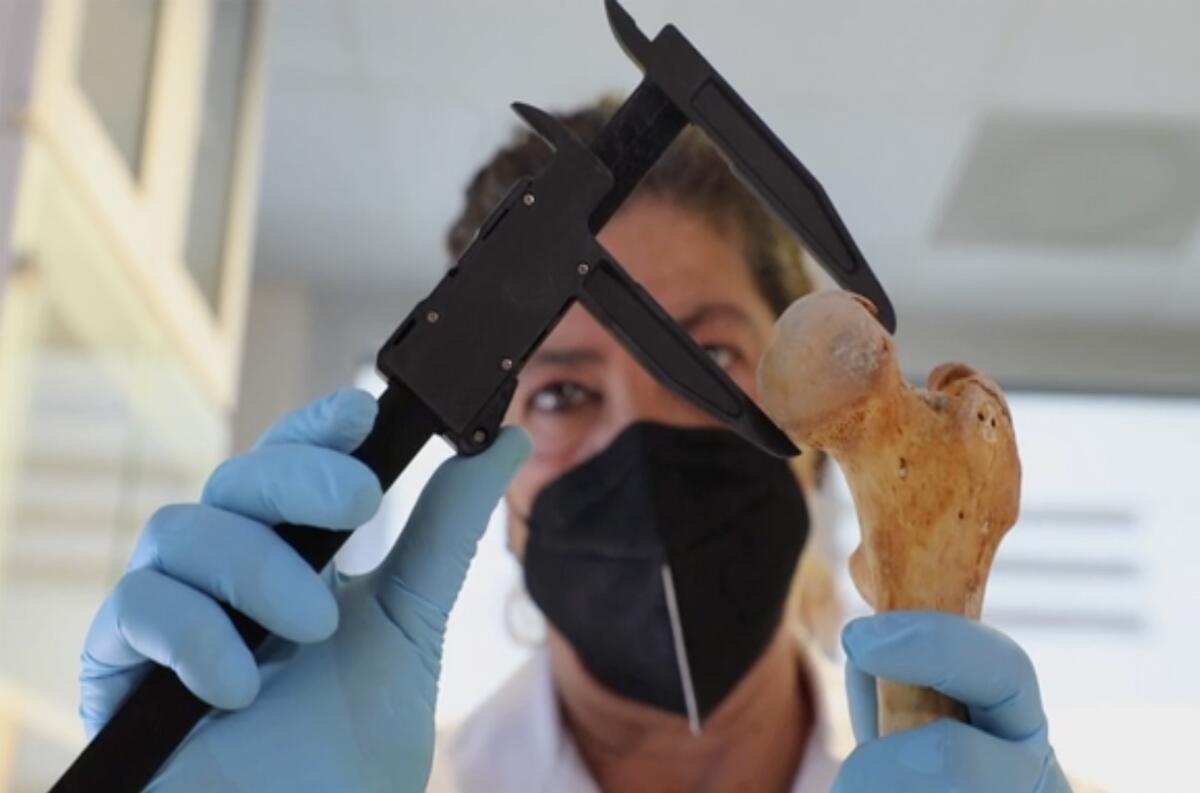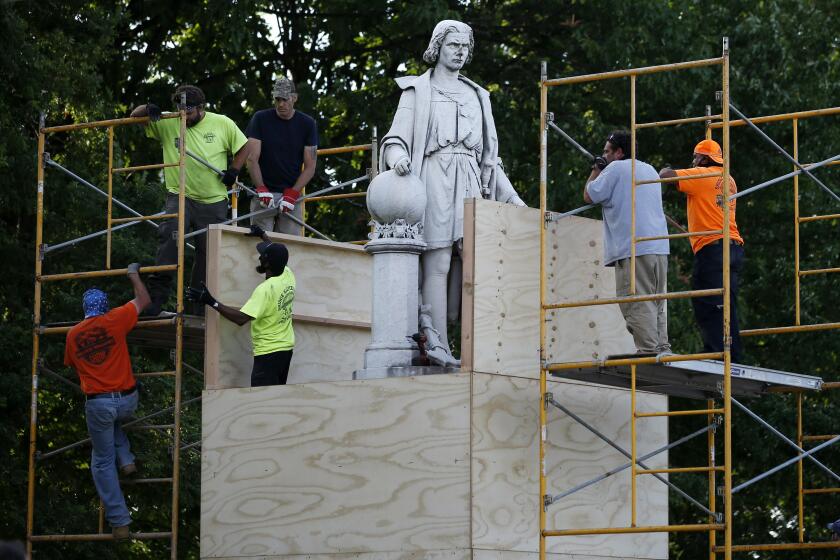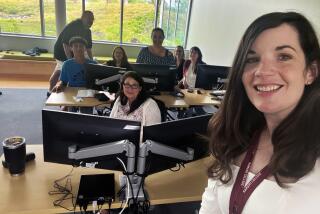This study won’t tell you if Columbus was hero or villain, but it might confirm where he came from

- Share via
MADRID — Was Christopher Columbus really from Genoa, in Italy? Or was he Spanish? Or, as some other theories have it, was he Portuguese or Croatian or even Polish?
A definitive answer to the question of where the famous — or infamous — explorer came from could be just a few months away as international scientists Wednesday launched an effort to read the DNA from his remains and identify his geographic origin.
Their findings are to be made public in October.
Knowledge of the 15th century navigator’s early life is scant. A major breakthrough in establishing a fuller profile of the man who died 515 years ago came after DNA tests in 2003 established that bones in a tomb in the cathedral of Seville, Spain, were those of Columbus.
But after that discovery, the Spanish university research team that is leading the Columbus research decided to halt its investigation. The reason: DNA technology at the time was neither accurate nor reliable and required a significant amount of genetic material.
After leaps in the sophistication of DNA testing in recent years, gene geography may now ascertain the rough area of a European person’s ancestry.
The decision, announced Tuesday by legislative leaders, has long been sought by those who say it’s wrong to honor a man who ushered in an era of genocide to North America’s indigenous peoples.
José Antonio Lorente, a professor of forensic medicine at Granada University in Granada, Spain, said there had been a “radical” improvement in DNA analysis, which now permits tests on very small fragments.
He said researchers are working with four small bone fragments from Columbus, seven bone fragments and a tooth from his son Hernando and a dozen bone fragments in poor condition from his brother Diego.
The fragments are being sent to genetic identification laboratories in Italy, Mexico and the United States, Lorente told reporters.
Lorente said he believes the generally accepted theory that Columbus was from Genoa, but the project aims to resolve some “mysteries ... and contradictions” in the historical record and obtain “as much information as possible ... so that there is no argument.”
A stolen copy of a letter written by Christopher Columbus detailing his voyage in 1492 to the New World is being returned to the Old World.
Granada University on Wednesday is hosting what it called the first world meeting of Columbus researchers, who are presenting evidence for their different theories about the explorer’s origins.
Columbus’ four transatlantic voyages on behalf of the Spanish monarchs between 1492 and 1504 opened a door to Europe’s colonization of the Americas, then known as the New World.
Columbus died May 20, 1506, and was buried in the Spanish city of Valladolid, though he had asked to be buried in the Americas.
More to Read
Sign up for Essential California
The most important California stories and recommendations in your inbox every morning.
You may occasionally receive promotional content from the Los Angeles Times.










